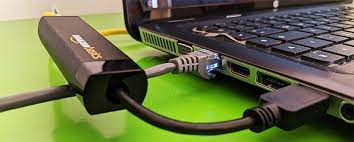What is Page Setup?

Page setup refers to the arrangement of certain elements and settings that pertain to a printed document. This includes the layout, margins, paper size, orientation, and other attributes that affect how a document is presented when printed on paper. It is an essential feature in word processing software such as Microsoft Word, Google Docs, and Apple Pages, as it enables users to tailor their documents according to their specific needs and preferences.
The first aspect of page setup is the choice of paper size. The standard paper size is A4, but users can select from a variety of other sizes such as Letter, Legal, Executive, and Ledger. This is important because it affects how the text and graphics are laid out on the page. For example, using a larger paper size may result in bigger text or increased spacing between paragraphs to fill the extra space. Conversely, using a smaller paper size may lead to a compact document with smaller margins and tighter text.
The second aspect of page setup is margins. These are the white spaces that surround the text on a page. Margins can be adjusted to control the amount of spacing between the text and the edges of the paper. Users can adjust margins individually for each side of the page, or select from preset options such as narrow, normal or wide. Margins have a significant impact on the overall look and feel of a document, as they determine how much text can fit on a page and the visual balance of white space and content.
The third aspect of page setup is orientation. This determines whether a document is printed in a vertical or horizontal format. The two most common orientations are portrait (vertical) and landscape (horizontal). Portrait orientation is typically used for documents that contain more text than graphics or images, whereas landscape orientation is often used for documents that contain more visual content, such as photos or graphs. Changing the orientation can affect the page layout and influence the readability of the document.
Other essential features in page setup include headers and footers, page numbers, and print options. Headers and footers are areas at the top and bottom of each page that can display text, graphics, or page numbers. Page numbers can be added to any location on the page, and users can customize their format and placement. Print options allow users to adjust the print quality, number of copies, and other settings when printing the document.
In summary, page setup is a critical feature in word processing software that allows users to customize the layout, margins, paper size, orientation, and other attributes of their printed documents. By understanding these features and how they affect the final look and feel of a document, users can create professional-looking documents that meet their specific needs and audience.





